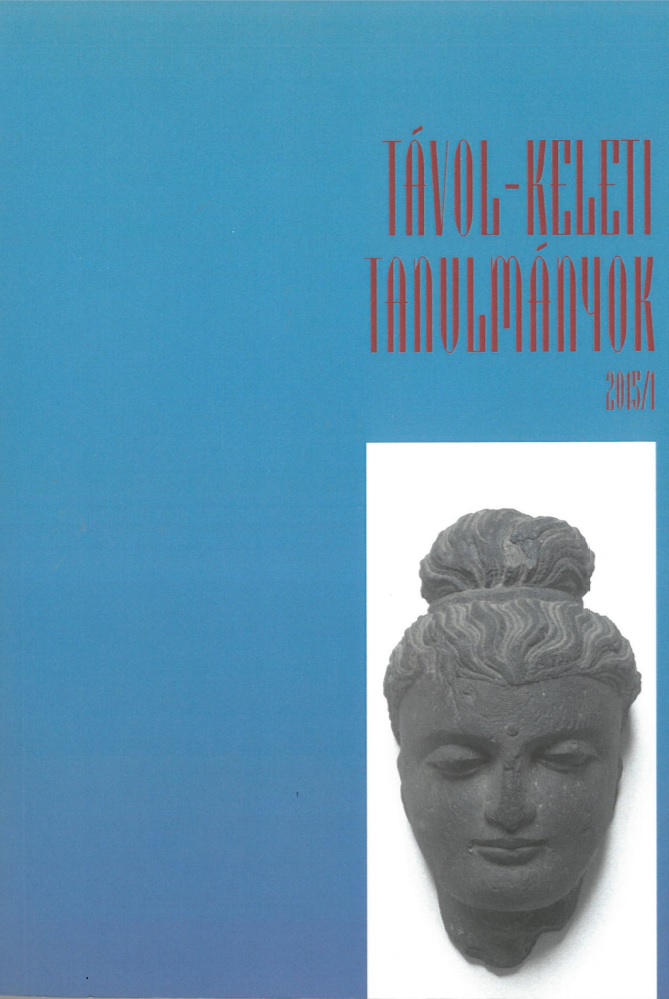Published 2016-04-04
How to Cite
Copyright (c) 2016 the author(s)

This work is licensed under a Creative Commons Attribution-NonCommercial 4.0 International License.
Abstract
Since this is the first critical edition of this important text the apparatus is in English in order to make it available for the international scholarly community. The aim of the edition is not to reconstruct the original text of “Vasubandhu” but to edit critically the only available old Sanskrit manuscript of the Commentary. All the Sanskrit manuscripts (i.e. the old Commentary, its recent copy, the old Kārikā-only ms., and Vairocanarakṣita’s Vivṛti), all the Tibetan translations (of the Kārikā, of the Commentary and of Vinītadeva’s Ṭīkā) and Hamilton’s English translation of Xuanzang’s Chinese version of the Commentary have been fully utilised. The readings of the more important modern editions are taken into consideration and noted in the apparatus. Altogether 28 new readings are suggested (among which at least five are important for the philosophical interpretation) and eleven more corrections to Lévi’s original are accepted from previous editions. Furthermore, a new reconstruction of the missing first page is attempted mostly on the basis of the Tibetan translation; here the two lines omitted by Lévi are also given and a new interpretation for the most difficult passage is suggested.
In the introduction (in Hungarian) we comment on the more significant editions of the Viṁśikā. We show that the first edition (on which all later editions are based) is to a large extent not Sylvain Lévi’s work but that of Hemrāj Śarman, the spiritual advisor of the Nepalese king. Comparing the Kārikā and the Commentary it is suggested that their authors are different, contrary to the tradition and the unanimous scholarly opinion. Their
attitude is different: the Kārikā is philosophical while the Commentary is religious-dogmatic. Their religious outlook is not the same: the verses mention the Buddha, the commentator speaks repeatedly of the buddhas. Their philosophical positions also contrast markedly since the Kārikās stick to the doctrine of insubstantiality while the Commentary allows inexpressible ātmans; and the main thesis of the work, vijñapti-mātra (cognition only) for the first author excludes only material objects while for his commentator it also denies that other minds or even our own our minds could be objects of our thought. With realising that the authors are different, the possibility opens that at places the commentator may be mistaken and therefore a fresh understanding of verses 4 and 13–16 becomes possible. The first verse is missing from the Commentary according to three witnesses; a new explanation is offered for this curious phenomenon. According to our hypothesis, for which several arguments are given, the original Commentary did not include the full text of the Kārikā, only large chunks were quoted from it. A later editor added those verses that were not fully (although in fragments) quoted. Since the Commentary included a prose paraphrase of verse 1 that was accidentally almost a śloka, the editor took it to be a variant of verse 1 and decided not to overrule the commentator so he did not add the well-known standard kārikā.
